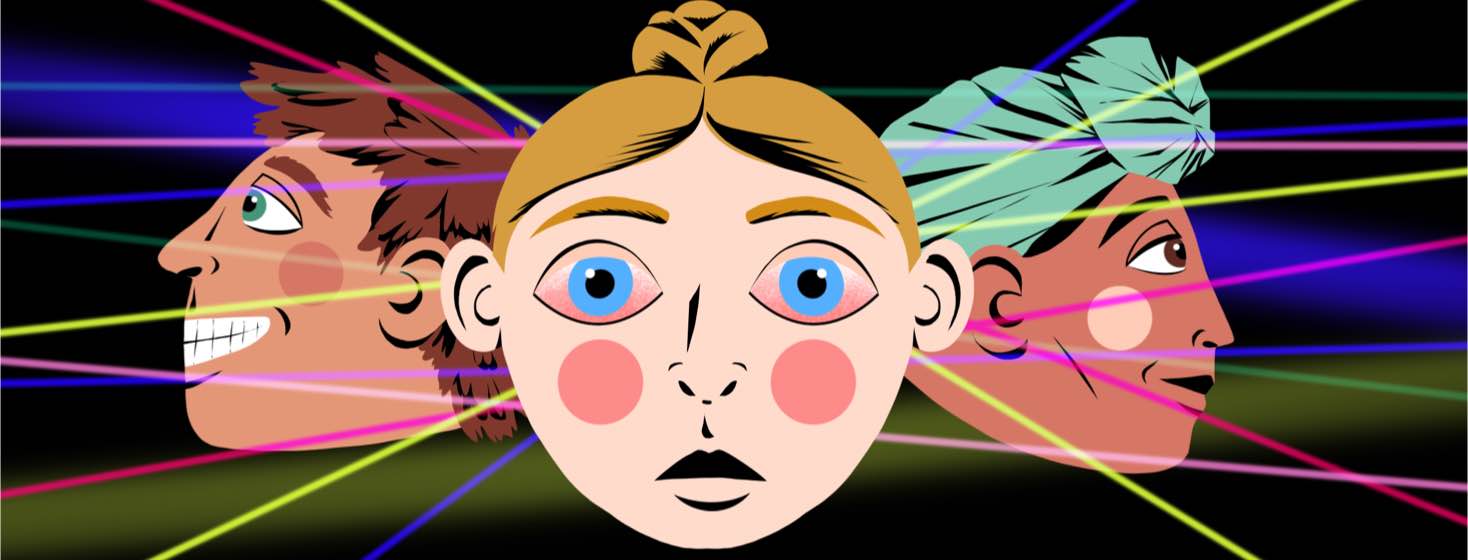Dry Eye After Refractive Surgery
Each year, about 650,000 refractive surgeries – commonly known as LASIK – are performed in the United States. Like any medical procedure, some symptoms are common after surgery. Dry eye is one of them.1
Nearly everyone who has LASIK experiences some dry eye symptoms following surgery. While these symptoms are usually only temporary, about 20 to 55 percent of people who had refractive surgery develop persistent symptoms that can last for weeks, months, or even longer.1,2
What is involved in refractive surgery?
During refractive surgery, or LASIK, an ophthalmologist cuts a thin flap on the surface of the eye. They use a precise laser in order to reshape the cornea. This reshaping fixes nearsightedness by flattening the cornea or farsightedness by making the cornea steeper.1
Studies show that about 95 percent of people will go on to have 20/20 vision around 3 months after the procedure. Most people will experience some side effects right after refractive surgery, such as:1-3
- Blurry vision
- Dryness
- Burning or stinging – a “sandy” sensation in the eye
- Red eye
- Light sensitivity
These side effects are very common, and they usually go away within a short period of time.
Why does it cause dry eye?
When doctors create the thin flap on the cornea, some nerve endings may be cut in the process. This can cause nerve damage to occur, which may make the cornea less sensitive. In turn, the eye may not sense the need to produce as many tears, which can then lead to dry eyes.4
In fact, research shows that refractive surgery is the most common eye procedure that results in dry eye.2
Who is most at risk?
People who are nearsighted may be at a greater risk of developing dry eye after surgery than those who are not. Other causes of pre- and post-LASIK dry eye include:4
- Older age, especially women who have gone through menopause
- Certain medicines like antihistamines to treat allergies, some blood pressure drugs, and antidepressants
- Autoimmune diseases, such as Sjögren's syndrome
Screening process
These days, people who are interested in getting LASIK will go through a thorough screening process. This ensures that refractive surgery is the best option. This also takes into account previous issues with dry eye, risk factors, and any underlying conditions that may contribute to it.4
Depending on a person’s case, some surgeons may recommend ways to increase the eye’s tear production before surgery. For those whose dry eye is more severe, corrective vision procedures that do not involve creating a thin flap on the eye’s surface, known as PRK, may be a better choice than LASIK.4
There are also several tests that can be done during the screening process to evaluate a person’s tear production, which is a key component in dry eye. For example, imaging tests use special instruments to look at the eye’s tear film. During the Schirmer’s test, a thin strip of paper is placed under the lower eyelid to measure tear production.4
If you are concerned about your dry eye, ask your doctor about getting 1 or more of these tests done.
Ways to manage
There are several remedies that can reduce dry eye symptoms after surgery, including:4
- Take an omega-3 fatty acid supplement. Research shows that healthy fats keep the eyes healthy.
- Stay well-hydrated. Drinking plenty of fluids can help your eyes maintain moisture.
- Try prescription eye drops. These can provide much-needed lubrication to the eye’s surface.
- Consider punctal plugs. These are tiny devices that are inserted into the tear duct to block drainage. There are dissolvable and semi-permanent options.
If your symptoms last for more than a few weeks, contact your doctor to learn about dry eye treatment options.
Remember, it is common to have some dry eye symptoms following refractive surgery. But if you currently live with dry eye and/or you are concerned about developing dry eye following your procedure, speak with your doctor about ways to reduce your risk.

Join the conversation